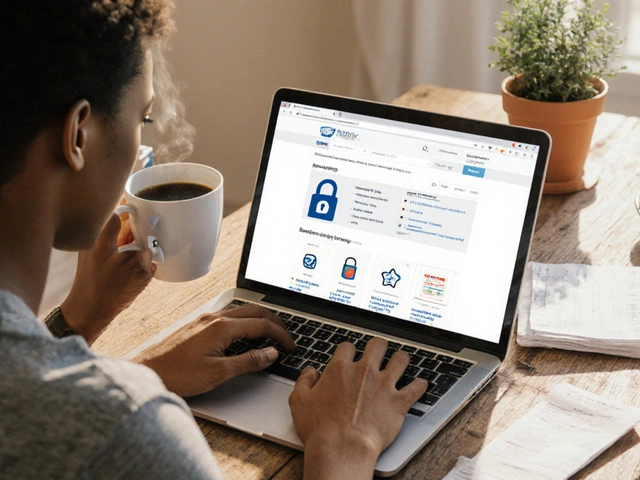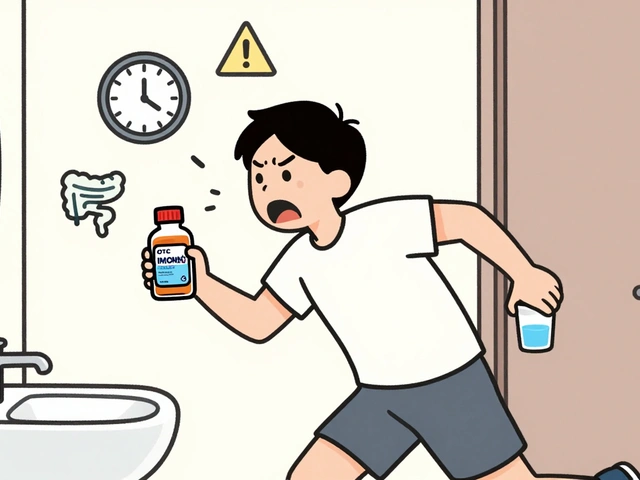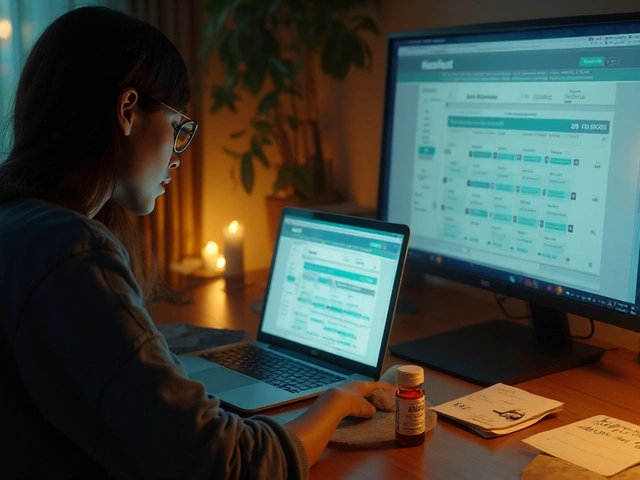DGL Licorice — What It Is and How People Use It
Looking for a natural way to soothe heartburn, reflux or a sore stomach lining? DGL stands for deglycyrrhizinated licorice. That’s licorice root with most of the compound that can raise blood pressure (glycyrrhizin) removed. People use DGL for mild digestive irritation, ulcers, and to calm occasional acid discomfort.
What DGL does and how to use it
DGL seems to help by coating and protecting the mucous membranes in the throat, esophagus and stomach. That coating can ease irritation and support healing. It’s most common as chewable tablets, but you’ll also find capsules, powders and lozenges.
Typical dosing—based on common product labels—is a 380 mg chewable tablet taken 20 minutes before meals, up to three times a day. Chew thoroughly so it mixes with saliva; swallowing whole capsules may not give the same local effect. People often take one or two tablets before each meal until symptoms ease. If you’re considering long-term use or higher doses, check with your healthcare provider.
Safety, interactions and picking a product
DGL is generally gentler than whole licorice because the glycyrrhizin is removed. Still, not every product is identical. Look for labels that explicitly say "deglycyrrhizinated" or "DGL" and, when possible, pick brands with third-party testing (USP, NSF, or similar). If you have high blood pressure, heart disease, low potassium, or take prescription drugs—especially blood pressure medicines or diuretics—talk to your doctor before using DGL. While DGL is much less likely to cause blood pressure problems, a poorly processed product could still contain glycyrrhizin.
A few practical tips: avoid DGL with sugary chewables if you’re watching blood sugar; store tablets in a cool dry place; follow label directions for children (many products aren’t for kids without advice). If you have persistent or severe symptoms—like weight loss, vomiting, difficulty swallowing, or black stools—seek medical care rather than relying only on supplements.
Want to buy DGL? Pharmacies, health food stores and reputable online retailers carry it. Compare ingredient lists and serving sizes (380 mg is common). Read reviews and check for clear return policies. If you’re already on medication, ask your pharmacist whether DGL is OK with your regimen.
Bottom line: DGL can be a useful, low-risk option for mild digestive irritation when used properly. Treat it as one tool in your toolbox—use the right dose, choose a trusted brand, and check with a clinician for ongoing or severe problems.

Explore how to blend herbs and medications for effective GERD relief. We break down the science behind melatonin, DGL licorice, and other supplements, showing you practical steps and useful facts to manage reflux. Get clear evidence, relatable tips, and even a link to Nexium alternatives. If you’re tired of the endless cycle of heartburn, here’s a hands-on guide for real results.






